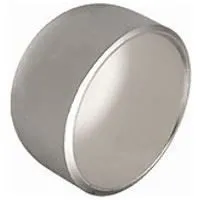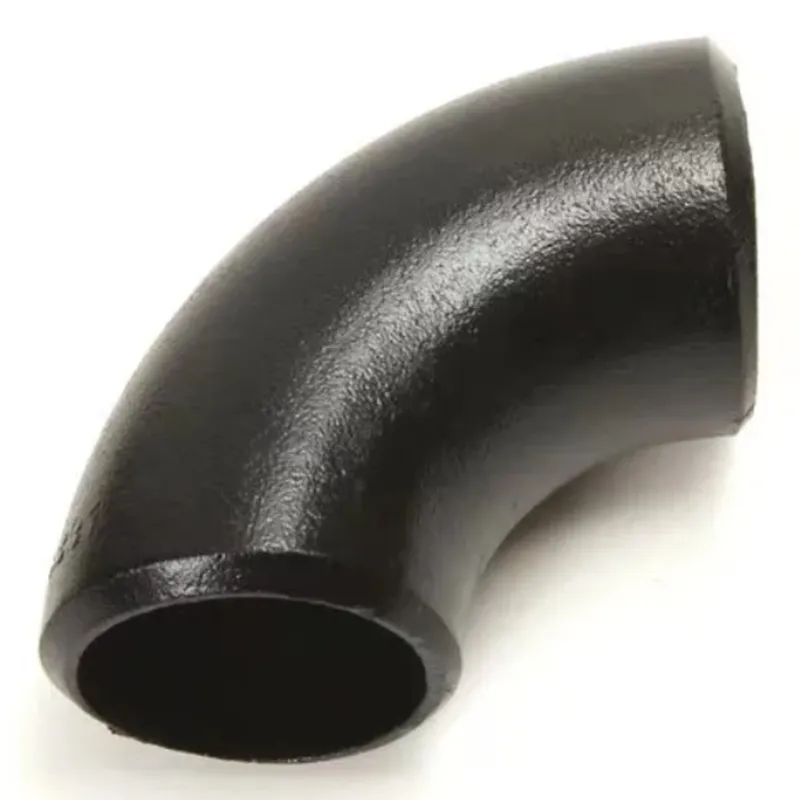-
Cangzhou Yulong Steel Co., Ltd.
-
Phone:
+86 13303177267 -
Email:
admin@ylsteelfittings.com
- English
- Arabic
- Italian
- Spanish
- Portuguese
- German
- kazakh
- Persian
- Greek
- French
- Russian
- Polish
- Thai
- Indonesian
- Vietnamese
- Zulu
- Korean
- Uzbek
- Hindi
- Serbian
- Malay
- Ukrainian
- Gujarati
- Haitian Creole
- hausa
- hawaiian
- Hebrew
- Miao
- Hungarian
- Icelandic
- igbo
- irish
- Japanese
- Javanese
- Kannada
- Khmer
- Rwandese
- Afrikaans
- Albanian
- Amharic
- Armenian
- Azerbaijani
- Basque
- Belarusian
- Bengali
- Bosnian
- Bulgarian
- Catalan
- Cebuano
- China
- China (Taiwan)
- Corsican
- Croatian
- Czech
- Danish
- Esperanto
- Estonian
- Finnish
- Frisian
- Galician
- Georgian
- Kurdish
- Kyrgyz
- Lao
- Latin
- Latvian
- Lithuanian
- Luxembourgish
- Macedonian
- Malgashi
- Malayalam
- Maltese
- Maori
- Marathi
- Mongolian
- Myanmar
- Nepali
- Norwegian
- Norwegian
- Occitan
- Pashto
- Dutch
- Punjabi
- Romanian
- Samoan
- Scottish Gaelic
- Sesotho
- Shona
- Sindhi
- Sinhala
- Slovak
- Slovenian
- Somali
- Sundanese
- Swahili
- Swedish
- Tagalog
- Tajik
- Tamil
- Tatar
- Telugu
- Turkish
- Turkmen
- Urdu
- Uighur
- Welsh
- Bantu
- Yiddish
- Yoruba

Feb . 15, 2025 03:43 Back to list
2 inch galvanized pipe for sale
When it comes to plumbing and construction, connecting galvanized pipes is crucial for ensuring a robust and durable system. Galvanized pipes, coated in a protective layer of zinc, offer excellent resistance to corrosion and rusting, making them a popular choice for both residential and commercial applications. However, connecting these pipes requires a certain level of expertise to ensure longevity and functionality.
One common challenge in working with galvanized pipes is their propensity to rust over time, especially on the threaded areas where the protective zinc coating is compromised. To mitigate this, periodic inspections and maintenance are advised. During inspections, checking for any signs of rust or corrosion and addressing them promptly helps maintain the integrity of the pipeline. Applying anti-rust spray or paint specifically formulated for metallic surfaces can extend the pipe’s life exponentially by providing an added layer of protection. In scenarios that require joining galvanized pipes with other materials such as copper or PVC, dielectric unions are recommended. These unions prevent metal-to-metal contact, thus avoiding galvanic corrosion—a common issue when dissimilar metals are connected. This ensures the efficacy and longevity of the plumbing system. Lastly, adhering to building codes and industry standards is crucial for optimal results. Codes dictate the proper methods and materials for connecting galvanized pipes, and adhering to these not only ensures safety but also guarantees quality. Familiarizing oneself with local regulations and updates in the industry standards can provide the necessary knowledge to execute the task correctly. For those not inclined to undertake this type of plumbing work, consulting with a professional plumber is advisable. Experienced professionals bring a wealth of knowledge and expertise, ensuring that the job is done correctly the first time. They are well-versed in diagnosing potential issues, choosing appropriate solutions, and executing tasks efficiently, thereby saving you time and mitigating costly future repairs. Through careful planning, execution, and maintenance, connecting galvanized pipes effectively can sustain high-performance plumbing systems for decades. Whether for water transportation or as part of gas pipelines, the resilience and reliability of these connections offer long-term benefits when managed with expertise and precision.


One common challenge in working with galvanized pipes is their propensity to rust over time, especially on the threaded areas where the protective zinc coating is compromised. To mitigate this, periodic inspections and maintenance are advised. During inspections, checking for any signs of rust or corrosion and addressing them promptly helps maintain the integrity of the pipeline. Applying anti-rust spray or paint specifically formulated for metallic surfaces can extend the pipe’s life exponentially by providing an added layer of protection. In scenarios that require joining galvanized pipes with other materials such as copper or PVC, dielectric unions are recommended. These unions prevent metal-to-metal contact, thus avoiding galvanic corrosion—a common issue when dissimilar metals are connected. This ensures the efficacy and longevity of the plumbing system. Lastly, adhering to building codes and industry standards is crucial for optimal results. Codes dictate the proper methods and materials for connecting galvanized pipes, and adhering to these not only ensures safety but also guarantees quality. Familiarizing oneself with local regulations and updates in the industry standards can provide the necessary knowledge to execute the task correctly. For those not inclined to undertake this type of plumbing work, consulting with a professional plumber is advisable. Experienced professionals bring a wealth of knowledge and expertise, ensuring that the job is done correctly the first time. They are well-versed in diagnosing potential issues, choosing appropriate solutions, and executing tasks efficiently, thereby saving you time and mitigating costly future repairs. Through careful planning, execution, and maintenance, connecting galvanized pipes effectively can sustain high-performance plumbing systems for decades. Whether for water transportation or as part of gas pipelines, the resilience and reliability of these connections offer long-term benefits when managed with expertise and precision.
Latest news
-
ANSI 150P SS304 SO FLANGE
NewsFeb.14,2025
-
ASTM A333GR6 STEEL PIPE
NewsJan.20,2025
-
ANSI B16.5 WELDING NECK FLANGE
NewsJan.15,2026
-
ANSI B16.5 SLIP-ON FLANGE
NewsApr.19,2024
-
SABS 1123 FLANGE
NewsJan.15,2025
-
DIN86044 PLATE FLANGE
NewsApr.19,2024
-
DIN2527 BLIND FLANGE
NewsApr.12,2024
-
JIS B2311 Butt-Welding Fittings LR/SR 45°/90° /180°Seamless/Weld
NewsApr.23,2024











